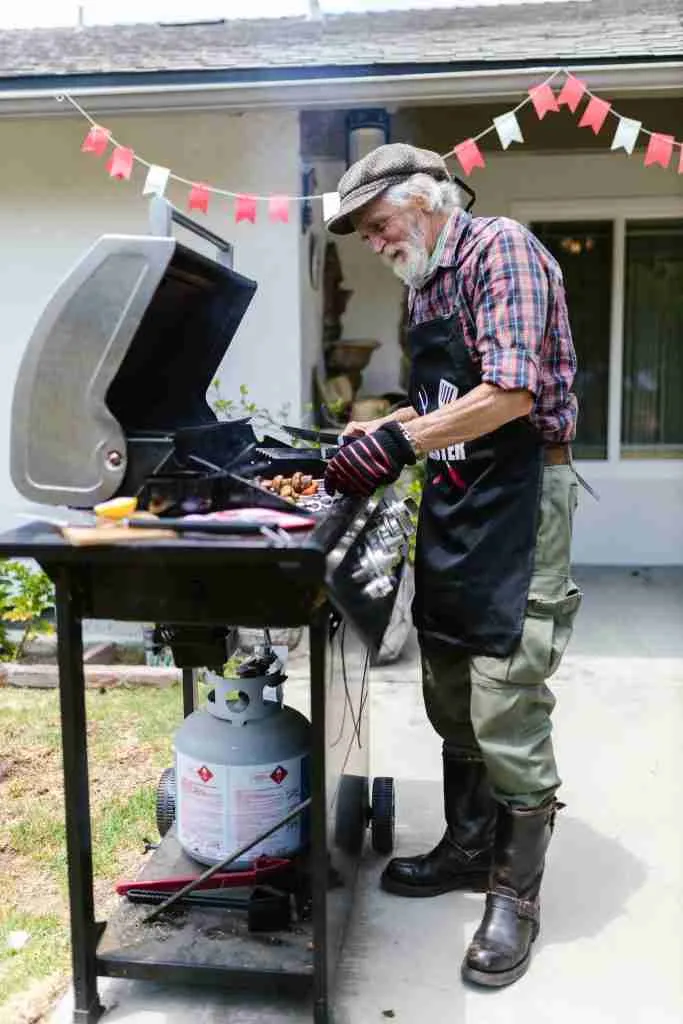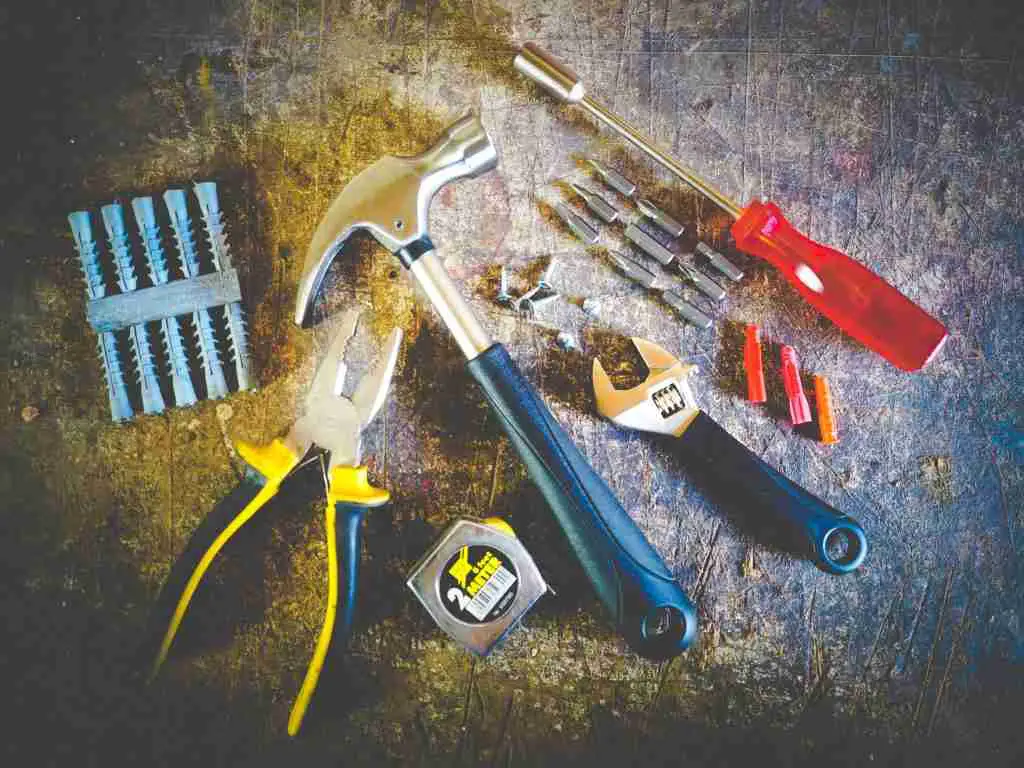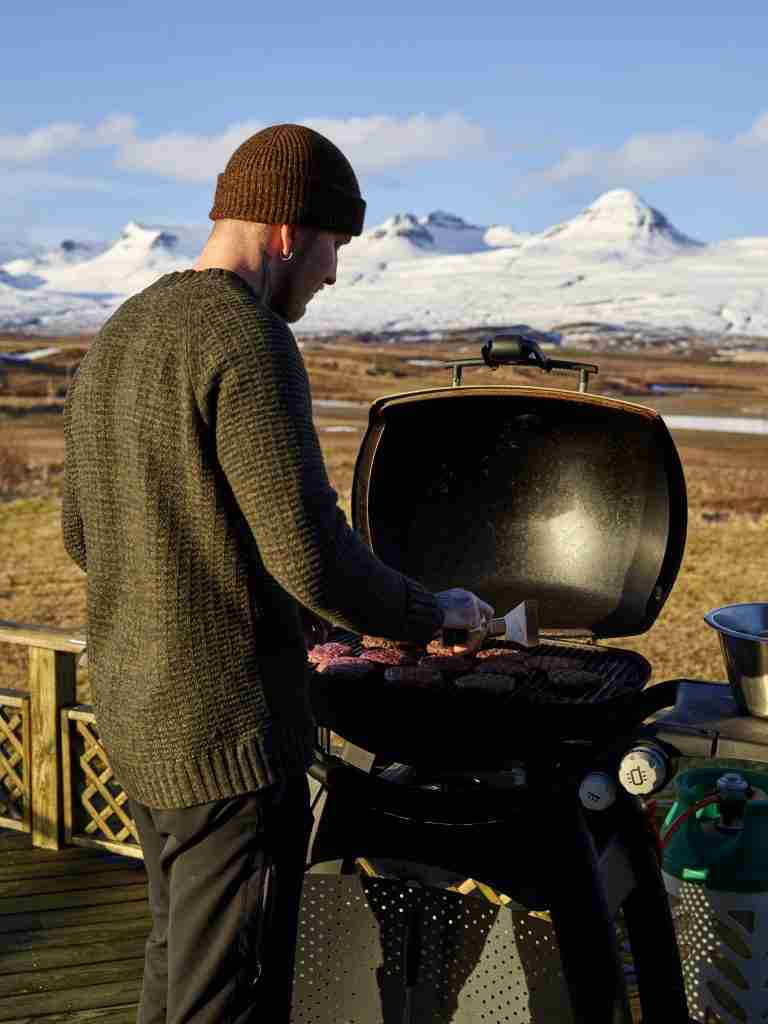Contents
ToggleNatural Gas vs. Propane: Which is the Better Option for Your Grill?

To begin with, it is crucial to have a clear understanding of the fundamental differences between natural gas and propane. Natural gas is a fossil fuel that is sourced from deep underground deposits and is generally considered to be a cleaner-burning fuel source than propane. On the other hand, propane is typically a byproduct of crude oil refining and natural gas processing, and it is usually stored in tanks and transported to the location where it will be used for grilling purposes. While propane is widely regarded as a portable and easily accessible fuel source, natural gas is generally considered to be a more convenient and cost-effective option, especially for those who have ready access to a natural gas line. So which one is better?
It actually depends on your own preferences and circumstances. Natural gas offers the convenience of a constant fuel supply and no need to refill tanks, but requires a gas line connection and may not be an option in all locations. Propane, on the other hand, is more widely available and portable, making it a good option for those who enjoy camping or tailgating. However, it requires frequent tank refills and may not provide as consistent of a heat source as natural gas. Ultimately, it’s important to weigh the pros and cons of each fuel option and choose the one that best fits your grilling needs.
When in Doubt, Seek Professional Help: Why You Should Consider a Service for Your Natural Gas Line Connection

It is highly recommended that you seek the services of a professional when connecting a natural gas line to your grill. Gas lines can pose a significant safety hazard if not correctly installed and secured. By hiring a professional to undertake this task, you can rest assured that they will have the necessary tools and expertise to carry out the job safely and efficiently. This can help to ensure that your grilling experience is not only enjoyable but also safe and worry-free.
However, if you are confident in your ability to carry out the task yourself, it is important to ensure that you follow all necessary safety precautions and guidelines. Before attempting to connect the natural gas line to your grill, be sure to read and follow the grill manufacturer’s instructions carefully.
Gather Your Supplies: The Essential Items You’ll Need to Connect Your Grill to a Natural Gas Line

- Natural gas grill (compatible with a natural gas line)
- Natural gas supply line (measured and cut to size)
- The natural gas shutoff valve
- Pipe thread sealant or gas-rated Teflon tape
- Adjustable wrenches or pipe wrenches
- Safety goggles
- Soap and water solution (to test for gas leaks)
- Gas line pressure gauge (optional)
| Note that the specific items required may vary depending on the make and model of your grill and the existing natural gas line connection. |
Step-by-Step Guide to Connecting Your Grill to a Natural Gas Line
How do I connect a natural gas line to my grill then? The whole process is not too complicated and you will need to follow these steps:
- Gather the necessary tools and materials.
- Locate the gas line and shut off the gas supply.
- Install a gas line extension and a shutoff valve.
- Connect the gas line to the grill using a flexible gas hose.
- Test the gas line for leaks.
Now let’s dive deeper into the process and explain everything in detail:
STEP 1
The initial step in connecting a natural gas line to a grill is to assess the capacity of your home’s natural gas system to determine if it can support the addition of a BBQ grill. It is recommended to check your system’s capacity before making any significant modifications to your gas line. Thankfully, most home gas systems are typically capable of accommodating a grill, but it is still important to double-check this factor before proceeding with any installations.
STEP 2
In this step, you will need to use a pipe wrench to locate and turn off the main valve at the gas meter. This valve is typically located near the gas meter, and it is important to ensure that it is turned off before beginning any work on the gas line. Turning off the valve will prevent gas from flowing into the line and potentially cause a hazardous situation. It is important to use a pipe wrench to turn off the valve, as using other tools or improper techniques can damage the valve or cause it to malfunction. Once the valve is turned off, you can proceed to the next steps of connecting the natural gas line to your grill.
STEP 3
The next step is connecting a natural gas line to your grill. This requires running a new line from the existing gas line out to the location of your grill.
STEP 4
Now, use pipe thread sealant or gas-rated Teflon tape on each connection and use the pipe wrench to tighten them securely. It is important to ensure that there are no leaks in the gas line!
STEP 5
Once the connections are properly tightened, the next thing to do is to hang the new gas line using galvanized steel pipe hangers.
STEP 6
Once the new line is in place, it is important to install a shutoff valve into the gas line to ensure easy accessibility in case of an emergency. The shutoff valve acts as a safety mechanism to quickly turn off the gas supply if needed. It is recommended to choose a high-quality shutoff valve that is specifically designed for natural gas systems. Once the shutoff valve is installed, ensure it is easily accessible and in good working condition before proceeding with the installation process.
STEP 7
Now you will have to get the gas line from its location to the outside and install a shutoff valve near the point of entry into the house to allow for easy access and to make sure everything is easily accessible in case of emergency.
STEP 8
When everything is almost ready you can ensure there are no accidental leaks, by making a pressure test on your new gas line. In order to do so, spray liquid soap water into the threaded connections and check if gas is not coming out. Once this is done, let the gas line sit for around 30 minutes. After that, check the pressure gauge to see if the pressure hasn’t dropped. If the pressure gauge reading remains the same, it indicates that there are no leaks in the gas line and everything should be fine! Remember however that this step is really important to do.
STEP 9
Once you are sure that the line is not leaking, move on to install a quick-connect hose fitting to the end of the line. Then, spray it with rust-resistant spray. Finally, connect a new flexible quick-connect gas hose to the end of the gas grill to complete the installation.
STEP 10
Alright, it’s time to light up that grill and start cooking with gas! But before we do that, we need to do one small thing – turn on the main gas valve. It’s all done!
| NOTE! Depending on the type of natural gas grill and the local gas codes, a regulator may be required to regulate the gas pressure. To learn more, scroll down to Frequently Asked Question. |
Weighing the Benefits and Drawbacks: Pros and Cons of Grilling with Natural Gas

Pros:
Convenience
Cooking on a grill is one of life’s simple pleasures, and doing so with natural gas makes it even better. Not only do you get to enjoy the delicious taste of grilled food, but you also get the added convenience of not having to worry about fuel levels. Imagine hosting a backyard barbecue and never having to make a last-minute dash to the store for a propane refill. With natural gas, you can grill to your heart’s content without ever running out of fuel.
Cost-effective
Furthermore, using natural gas for your grill can also save you money in the long run. Propane tanks can be costly, and the cost can add up over time. Natural gas, on the other hand, is often cheaper and readily available, so you can enjoy grilling without breaking the bank.
Environmentally friendly
Another advantage of using natural gas for grilling is that it is more environmentally friendly than other fuels. Propane and charcoal can release harmful pollutants into the air, but natural gas burns cleaner and produces fewer emissions. By using natural gas, you can enjoy your grilled favorites while also doing your part to reduce your carbon footprint.
Constant heat
Maintaining a consistent heat level while grilling is crucial to achieving perfectly cooked food, and natural gas can provide just that. Unlike other fuel sources, such as charcoal or propane, natural gas offers a steady and consistent heat level that can be easily regulated. This not only makes it easier to cook food evenly, but it also reduces the risk of undercooking or overcooking your food.
Cons:
Installation costs
While using natural gas can save you money in the long run, the initial cost of installing a natural gas line to your grill can be quite high. You may need to hire a professional to install the line in case you are afraid of doing this alone, and you may also find yourself paying for permits and other associated costs depending on the area you live.
Limited mobility
Unlike propane tanks, which can be easily moved around, natural gas lines are fixed in place. This means that you’ll need to keep your grill in a specific location, which may not be ideal for some people who like to move their grill around their yard or patio.
Dependence on natural gas supply
While natural gas is generally a reliable fuel source, there may be times when your supply is disrupted due to weather, maintenance, or other issues. If you rely solely on natural gas for grilling, you may find yourself without a way to cook your food during these times. If by any means you decided to go for a charcoal grill more, you can have a look at our article with the 6 best charcoal grills on the market.
Safety concerns
As with any fuel source, there are inherent safety concerns associated with using natural gas. If your natural gas line is not installed properly or if there is a leak in the line, there is a risk of fire or explosion. It’s important to have your natural gas line installed and maintained by a qualified professional to ensure that it is safe to use.
Limited flavor options
Some people argue that natural gas grilling does not impart the same smoky flavor as charcoal or wood grilling. While you can still get a great sear on your food with natural gas, it may not have the same depth of flavor that you can achieve with other grilling methods.
Common Mistakes to Avoid When Connecting Your Grill to a Natural Gas Line

When connecting a natural gas line to a grill, there are some important things to keep in mind to avoid potential dangers or problems. Here are some things to avoid:
- Don’t skip the pressure test: It’s essential to pressure test the gas line after installation to check for leaks. Skipping this step can be extremely dangerous and can lead to gas leaks or even explosions.
- It is also crucial to avoid using the wrong materials or equipment during the installation process. For example, do not use regular Teflon tape or pipe-joint compound for gas connections. Instead, use gas-rated Teflon tape or pipe thread sealant to ensure a safe and secure connection. Moreover, do not use old or damaged gas lines, as they can pose a significant risk to your safety.
- Another important tip is to make sure that you follow the manufacturer’s instructions and local codes and regulations when installing your natural gas line to your grill. Failure to do so can result in severe accidents or legal consequences.
- Don’t over-tighten the connections: Over-tightening the connections can damage the threads and cause gas leaks. Make sure to use the right tools and force.
- Don’t connect incompatible appliances: Not all grills are compatible with natural gas, so it’s important to check the manufacturer’s specifications before attempting to connect a natural gas line to a grill.
- Don’t forget to turn off the gas: Before making any connections or adjustments to the gas line, make sure to turn off the gas supply at the source. This can prevent accidents and make it safer to work with the gas line.
- Finally, it is essential to schedule regular maintenance and inspections of your natural gas line and grill to ensure that they are in good working order and not at risk of causing harm.
Frequently Asked Questions
Can I hook up a natural gas grill myself?
Yes, it is possible to hook up a natural gas grill yourself, but it is essential to ensure that you have the proper knowledge and skills to do so safely. Before attempting to connect a natural gas grill yourself, it is recommended that you consult the manufacturer’s instructions and local building codes to ensure that you are doing it correctly. It is also crucial to have the necessary tools and materials, such as pipe wrenches, pipe thread sealant, and gas-rated Teflon tape, to ensure a secure and leak-free connection. If you are unsure about your ability to connect a natural gas grill yourself, we say again – it is always a good idea to consult a professional gas technician or plumber to do the job for you. Remember, safety should always be the top priority when dealing with natural gas, as improper installation or handling can lead to dangerous gas leaks, fires, and explosions. And we and you really want to avoid that.
Do you need a regulator for the natural gas grill?
Yes, you need a regulator for a natural gas grill. The regulator is responsible for reducing the pressure of the gas flow from the main line to a level that is safe for the grill. The gas pressure from the main line is typically much higher than what is needed for a grill, and without a regulator, the high pressure could damage the grill or even pose a safety hazard. The regulator also helps to ensure a consistent flow of gas to the grill, which is important for maintaining a steady temperature during cooking. The regulator is typically included with the grill or can be purchased separately if needed.
CONCLUSION
In conclusion, connecting a natural gas line to your grill can be a great option for those who love to grill and want the convenience of not having to worry about running out of fuel or making frequent trips to the store for propane tanks. While the process may seem intimidating at first, following the steps outlined in this guide can help you safely and successfully connect your natural gas line to your grill.
It is important to keep in mind that safety should always be the top priority when working with natural gas. If you are not comfortable or confident in your ability to install the gas line and grill yourself, remember! Seek the help of a licensed plumber or technician.
Additionally, depending on the specific requirements of your grill, you may need to use a regulator to ensure that the gas flow is at the correct pressure.
By taking the time to properly install your natural gas line, you can enjoy a convenient and reliable grilling experience for years to come!























































